Thank you for your
attention on Yesheng !
The Extensive Applications of Titanium Alloys
Titanium and Submarines
Why use such an expensive material as titanium to build submarines? This choice is closely related to titanium’s properties. Titanium and its alloys have excellent strength, lightweight, and corrosion resistance, making them ideal materials for submarines. Titanium alloys have better pressure resistance than steel of the same size, allowing submarines to dive deeper. Titanium submarines can dive below 4500 meters, a limit unattainable by steel submarines, which risk damage from water pressure beyond 300 meters. The lightweight nature of titanium also contributes to faster submarine navigation. Additionally, its corrosion resistance ensures titanium-made submarines are more durable than their steel counterparts.
Titanium's exceptional corrosion resistance means it withstands various corrosive agents, including dilute sulfuric acid, hydrochloric acid, nitric acid, caustic soda, and even dilute aqua regia. Only concentrated sulfuric acid, hydrochloric acid, and hydrofluoric acid can breach its defenses. Titanium alloys perform exceptionally well in humid atmospheres and seawater, surpassing stainless steel in corrosion resistance. Experiments have shown that a piece of pure titanium submerged in seawater for five years remains shiny and uncorroded after cleaning off algae and marine organisms, whereas steel would deteriorate.
Titanium’s durability in seawater ensures that submarines made from it remain pristine after prolonged immersion, significantly extending their lifespan. Besides hulls, titanium is also used in submarine piping and condensers. Most submarines and surface ships now use titanium condensers, which rarely need replacement, reducing maintenance costs and avoiding operational downtimes.
In the 1950s, the Soviet Union pioneered the use of titanium in submarines, featuring it in Alpha-class and Mike-class submarines. By the 1960s, they produced the world's first all-titanium submarine. The peak of titanium use in submarines is exemplified by the Typhoon-class nuclear submarines, each containing over 9000 tons of titanium.
Titanium’s non-magnetic nature is crucial in military applications, as it cannot be detected by magnetic mines. Submarines made of titanium are less susceptible to magnetic mine attacks and easier to camouflage. Traditional detection methods include sonar and magnetometers, the latter detecting magnetic anomalies caused by large metal objects. Unlike steel, titanium is non-magnetic, making it harder to detect with magnetometers.
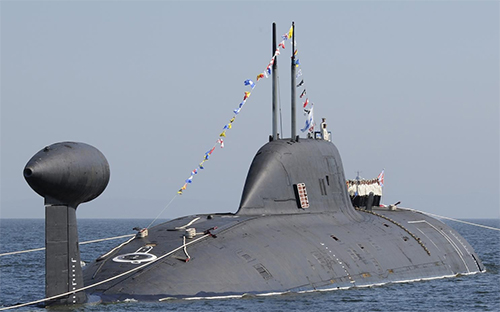
Titanium and Aviation
Titanium (Ti) is a lightweight metal with remarkable strength. Its density is only 57% that of steel, yet it matches steel in strength and hardness, with some high-strength titanium alloys even surpassing many alloy steels. Moreover, titanium and its alloys retain strength and stability at high temperatures, performing well at 500°C and even higher for short periods. This makes titanium essential for supersonic aircraft, whose wings can reach temperatures of 500°C. Aluminum alloys, which fail at lower temperatures, must be replaced with titanium to meet these demands.
Post-World War II, the U.S. quickly adopted titanium for aircraft construction. In 1950, titanium was first used in the F-84 fighter-bomber for non-load-bearing components. By the 1960s, its use extended to crucial structural components, replacing structural steel. The percentage of titanium in military aircraft structures rapidly increased to 20%-25%. The YF-12A/SR-71 reconnaissance aircraft, developed in the mid-1960s, used 95% titanium, earning the title "all-titanium aircraft."
Following military use, civilian aircraft also adopted titanium extensively. "Titanium planes" can reduce airframe weight by 5 tons, allowing for 100 more passengers. Since the 1970s, titanium has been widely used in civilian aircraft, with the Boeing 747 using over 3640 kg of titanium. Boeing 777 and Airbus 380 use 59 and 77 tons of titanium annually, respectively. The percentage of titanium in aircraft has steadily increased, from 0.3% in the Boeing 707 to 11% in the Boeing 777.
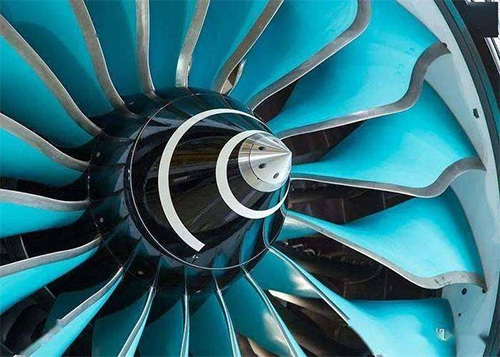
Titanium and Space
In the aerospace sector, where weight reduction is critical, titanium alloys' high specific strength is invaluable. They account for 5%-30% of the mass in space rockets. Titanium alloys maintain mechanical properties at low and ultra-low temperatures, making them suitable for space applications. They can withstand extreme temperatures, from over 100°C on the sunlit side to below -100°C on the shadow side of spacecraft, maintaining strength and toughness.
The shape-memory effect of nickel-titanium alloys has been utilized in space applications. For instance, antennas on the lunar module used nickel-titanium alloys, which, when heated by sunlight, unfold from a compact shape to their original form. This shape-memory property makes nickel-titanium alloys the best choice for such applications.
Titanium has also been used in space exploration missions, such as the Juno probe to Jupiter. Its applications are expected to expand further in the future space era.
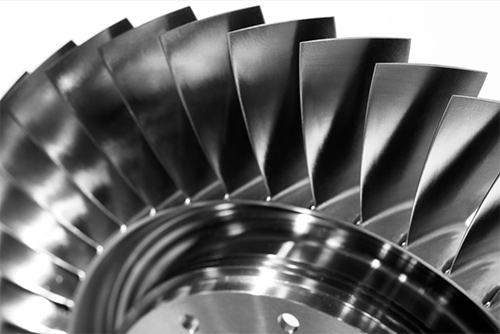
Other Uses of Titanium
Titanium and its alloys have been used in general industry since the mid-1960s. They serve as superior corrosion-resistant materials in chemical reactors. For instance, components holding hot nitric acid, previously made of stainless steel, now use titanium, offering a longer service life despite higher initial costs.
In medical surgery, titanium’s biocompatibility makes it ideal for implants and prosthetics. Unlike stainless steel, titanium implants do not need removal after bone healing, as they do not rust and integrate well with bone tissue, forming a natural bond with muscles and bones.
Titanium's strong reactivity at high temperatures is also advantageous in steelmaking, where it removes nitrogen from steel, resulting in purer steel ingots. Titanium-iron alloys' hydrogen absorption properties enable safe hydrogen storage, purification, and transportation, crucial for hydrogen energy applications.
In everyday life, titanium is ubiquitous, from golf clubs, bicycle frames, and tennis rackets to wheelchairs and eyeglass frames. Its lightweight and strength make it ideal for sports equipment, and its hypoallergenic and aesthetically pleasing properties suit eyewear. Since the 1980s, titanium has been widely used in eyeglass frames.
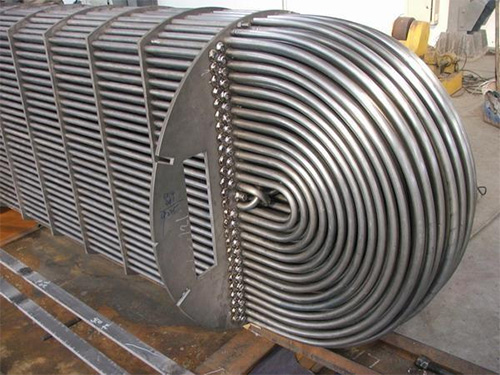
Titanium alloy is a metal material with exceptional properties, including high strength, low density, excellent corrosion resistance, and high-temperature performance. Its applications span aerospace, medical, automotive, and sports industries. With ongoing technological advancements, the performance and processing techniques of titanium alloys will continue to improve, expanding their application fields. Thus, titanium alloys hold great potential and development prospects.
 English
English  日本語
日本語  한국어
한국어  français
français  Deutsch
Deutsch  русский
русский 





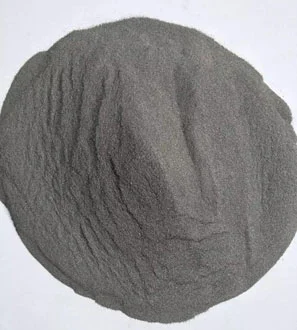

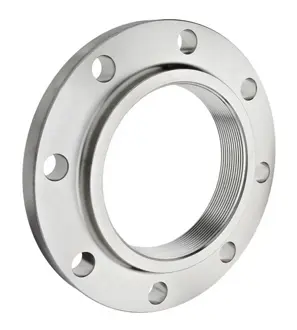


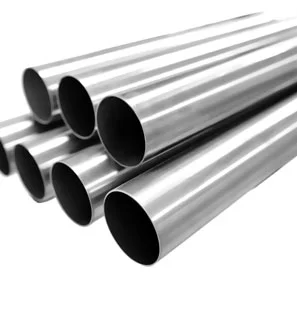
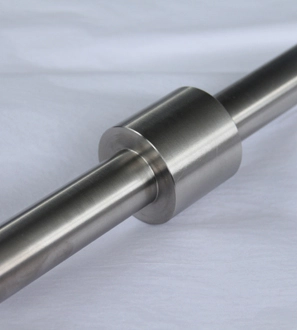


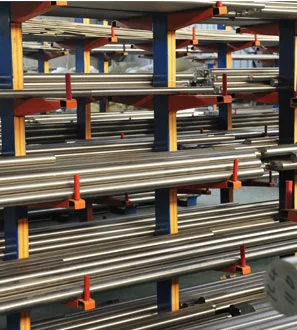
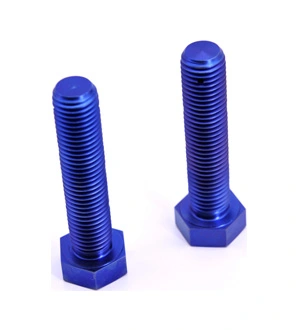
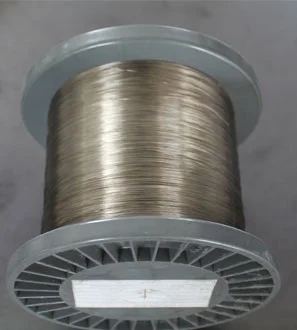
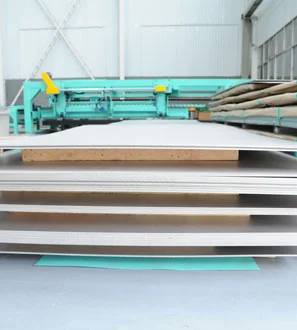
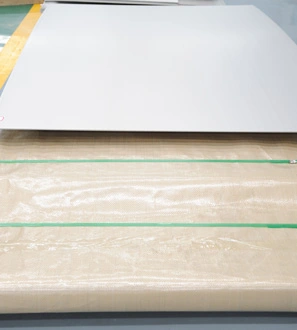
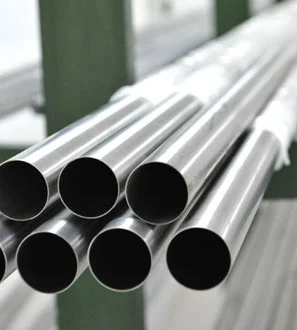
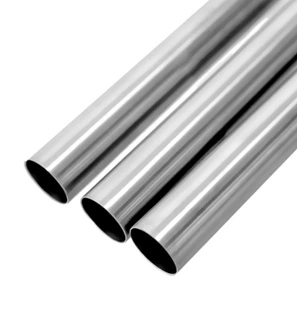

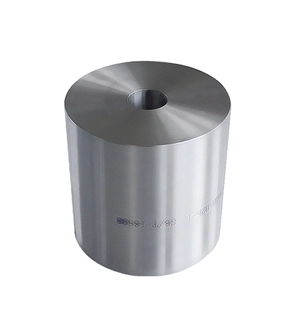
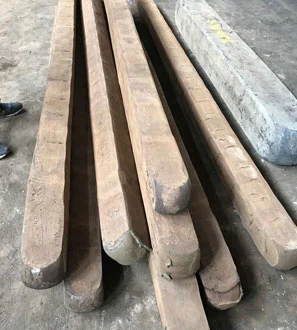
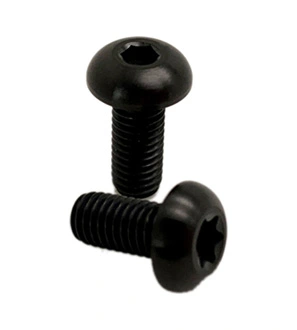

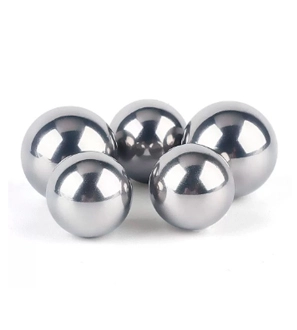

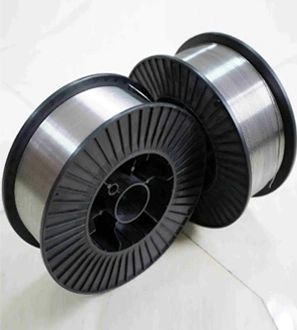

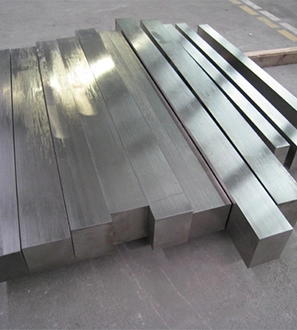
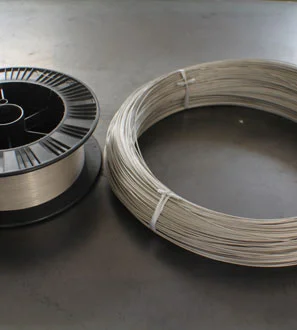
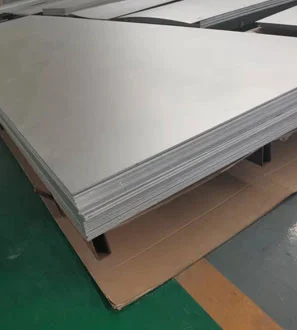
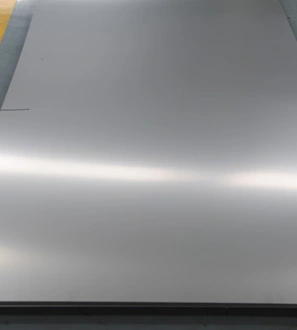
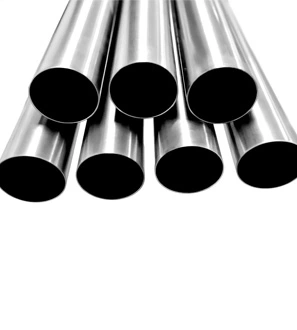
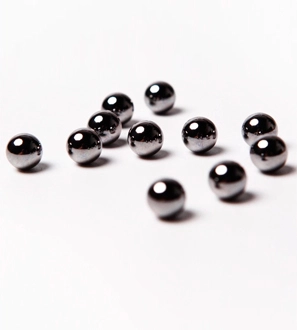
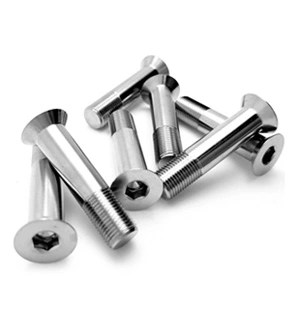
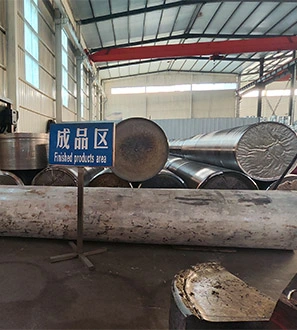
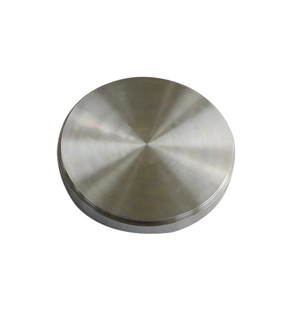
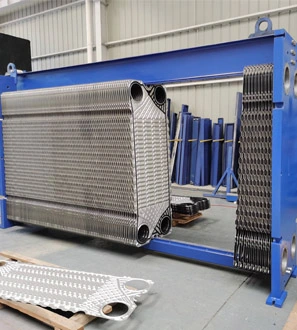

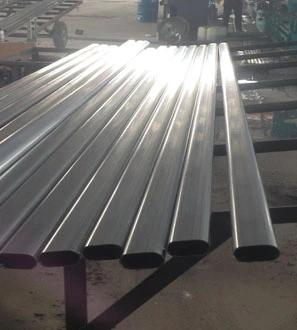

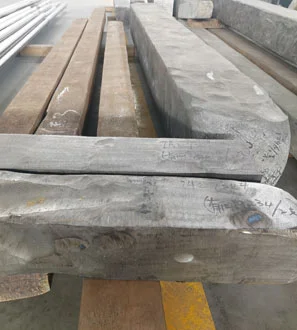

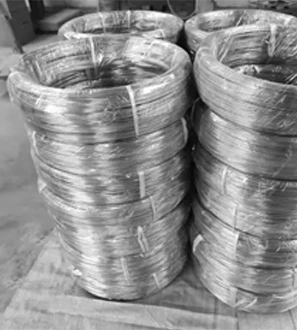
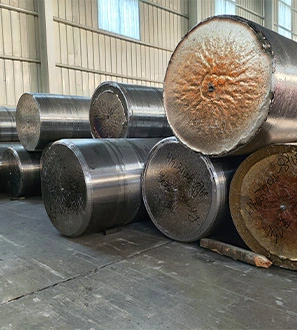
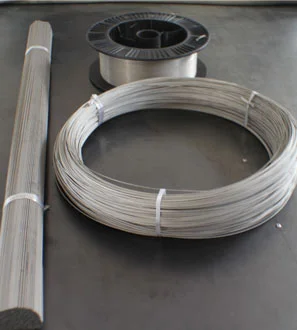
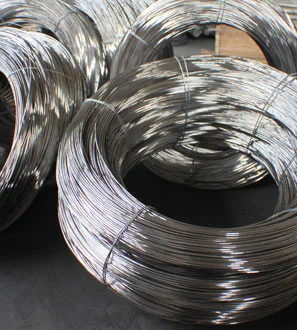
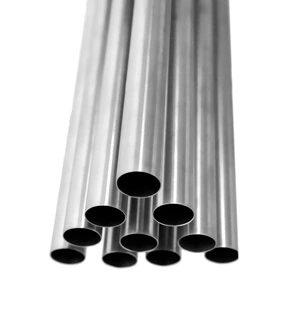
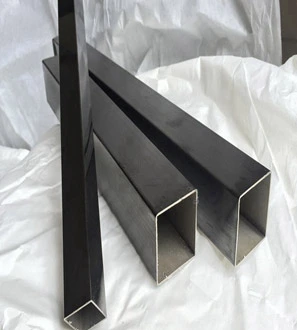
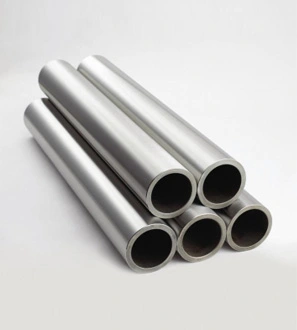
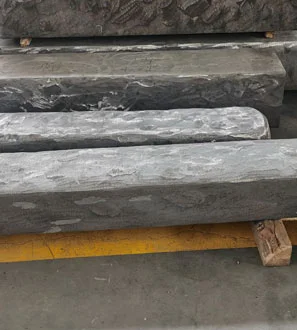

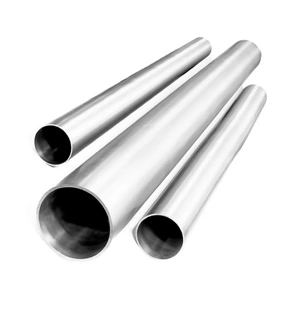
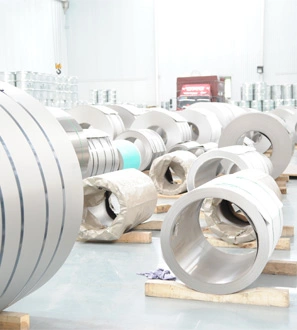
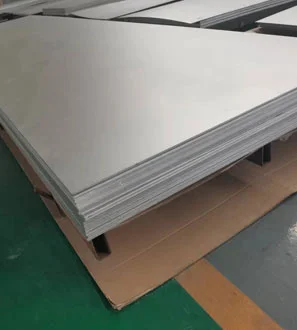

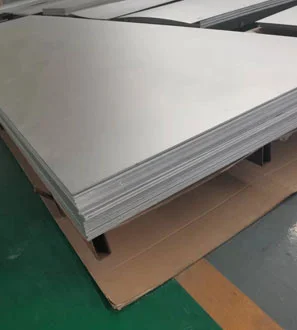
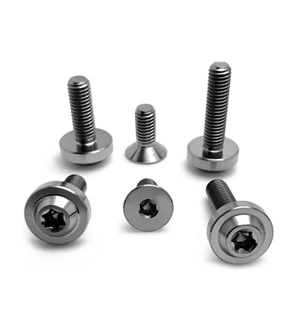
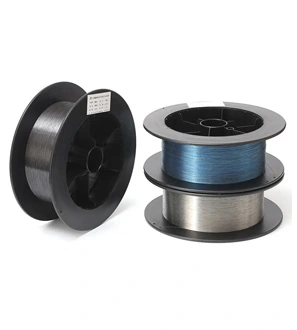

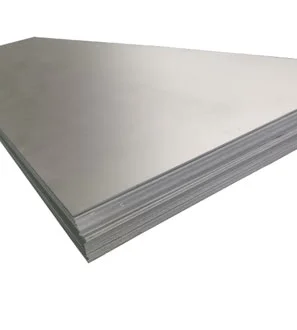
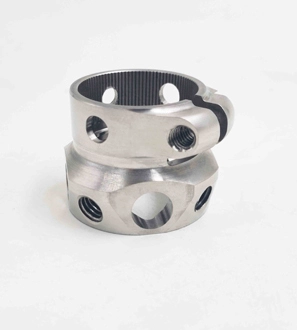
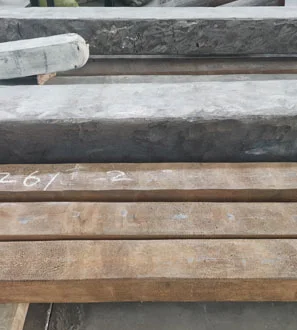
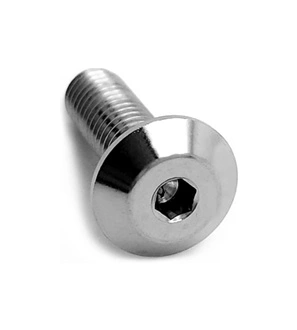

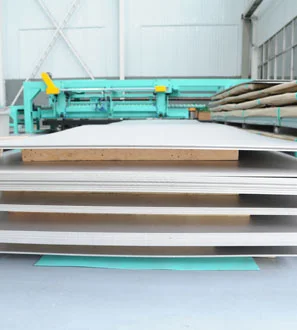
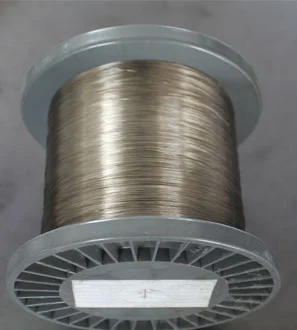
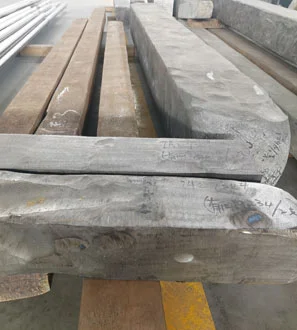
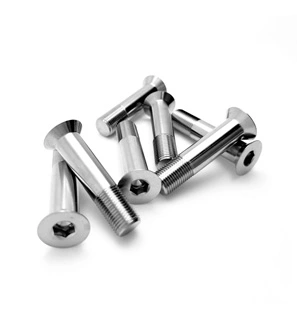
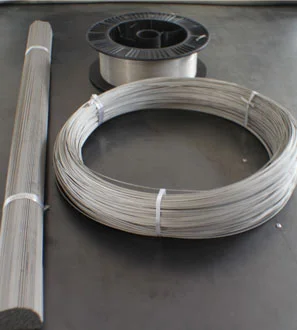

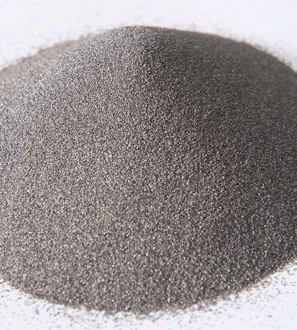


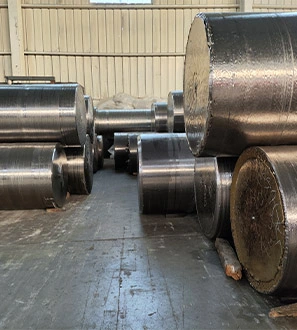

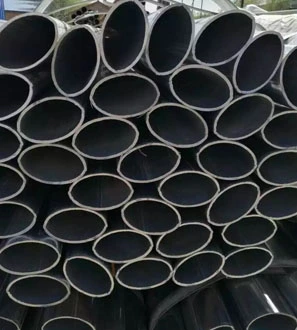

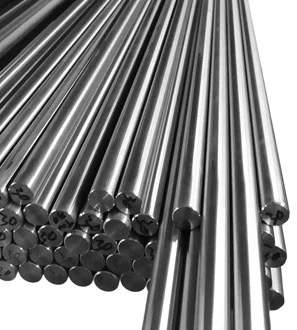

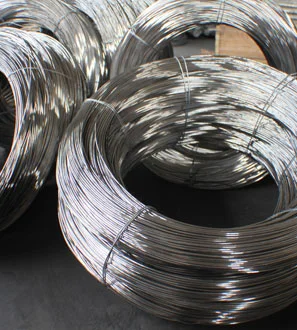

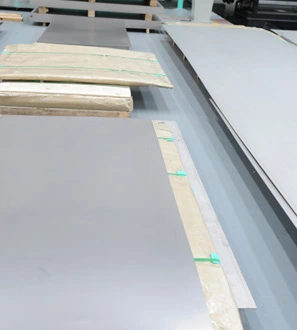
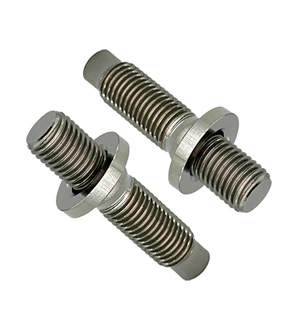

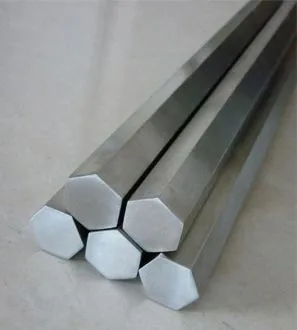
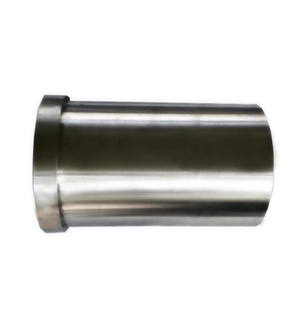
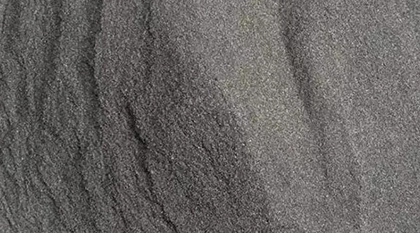
.jpg)